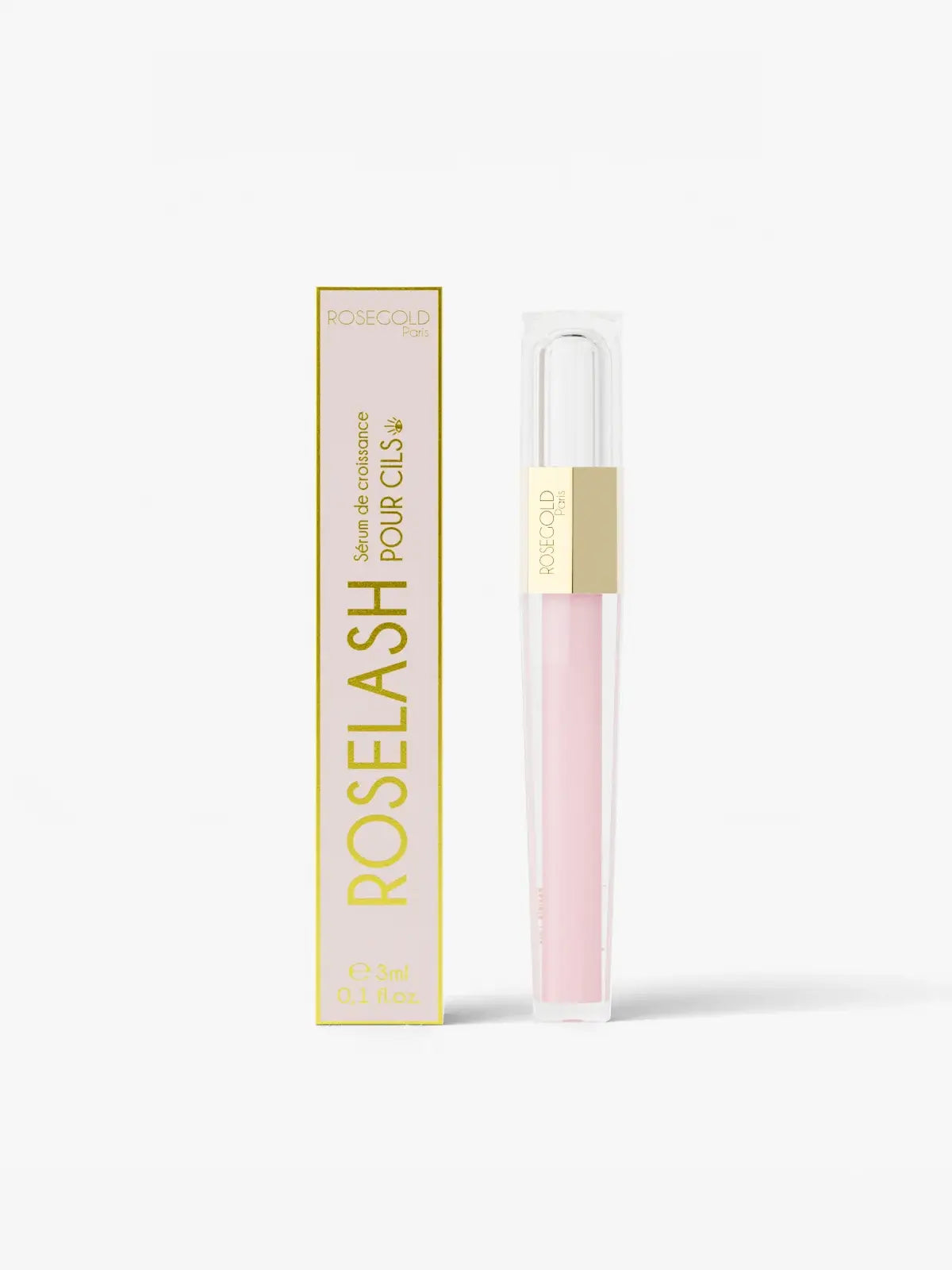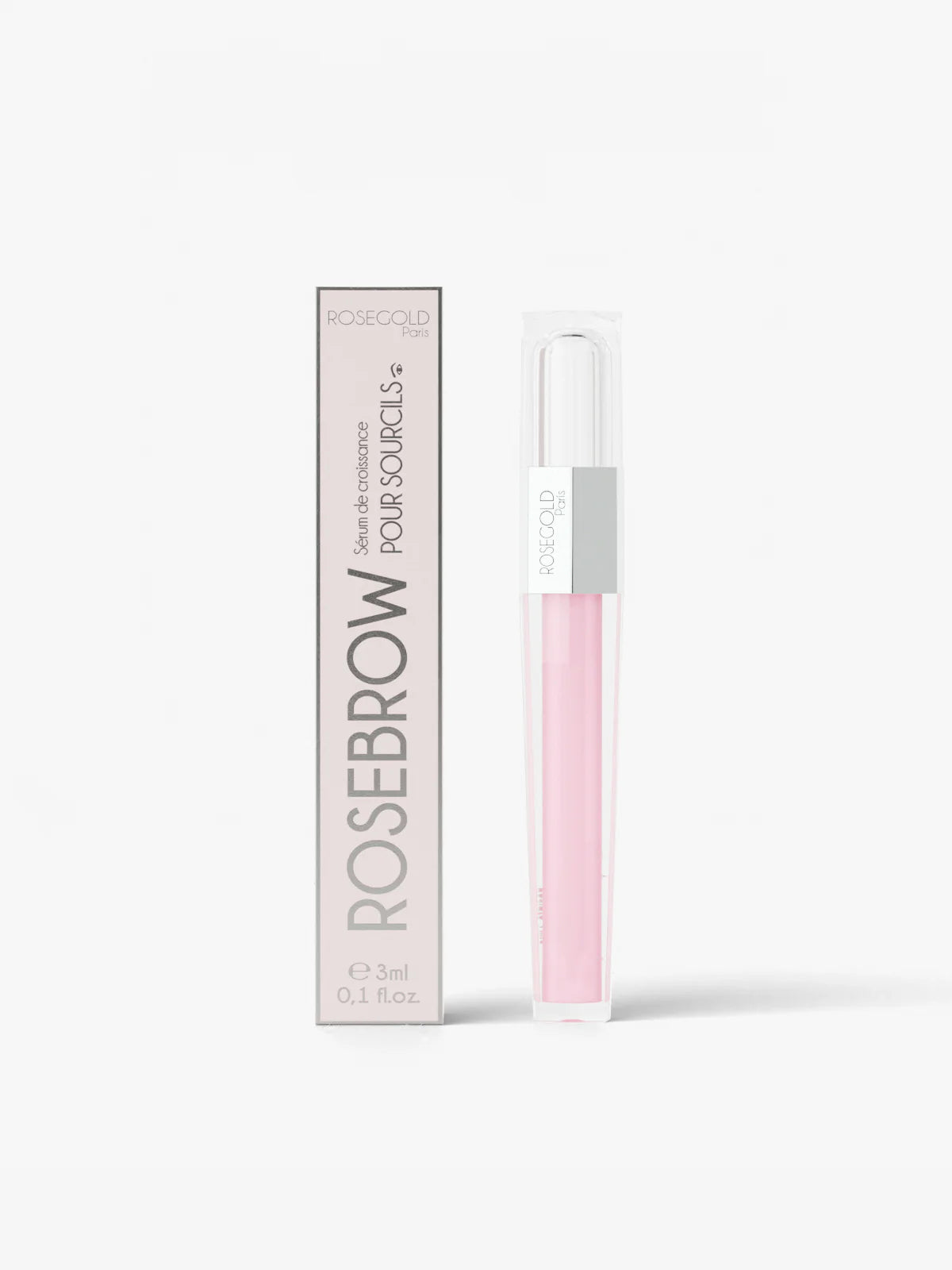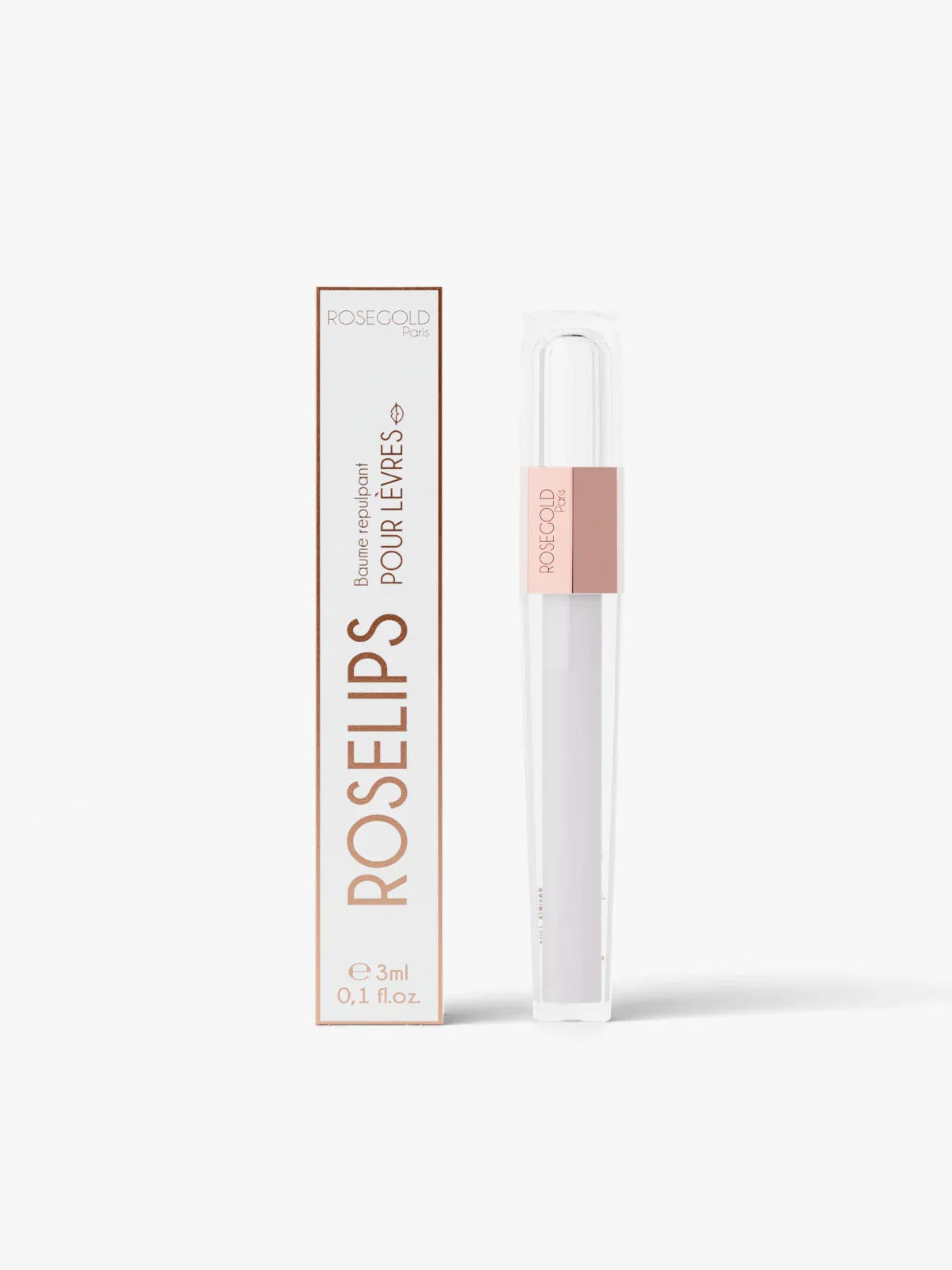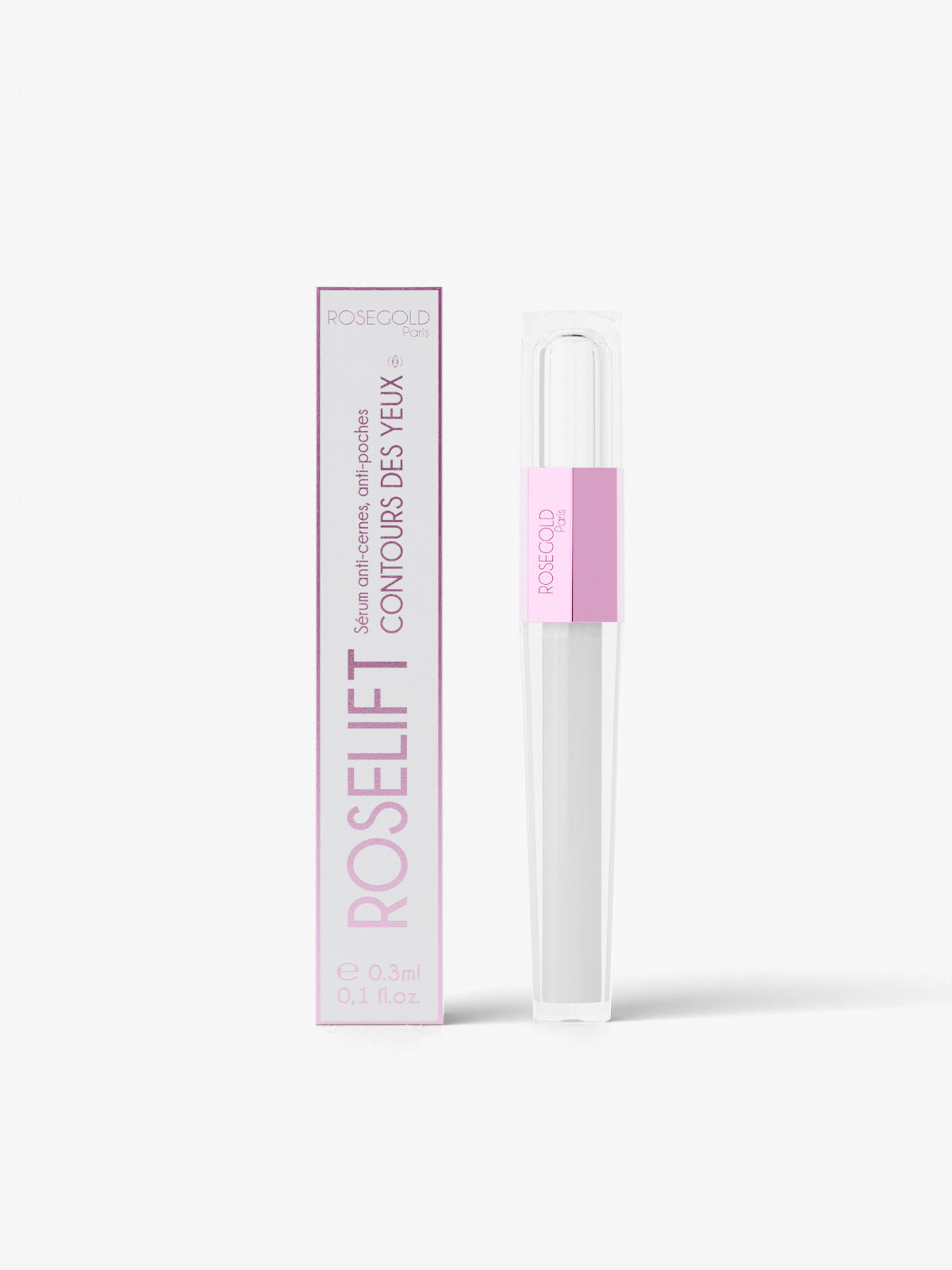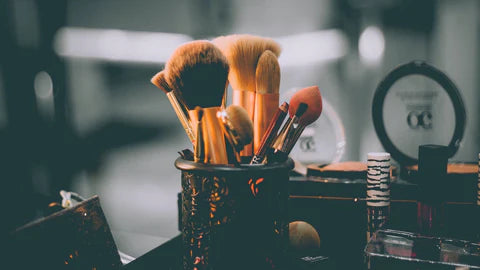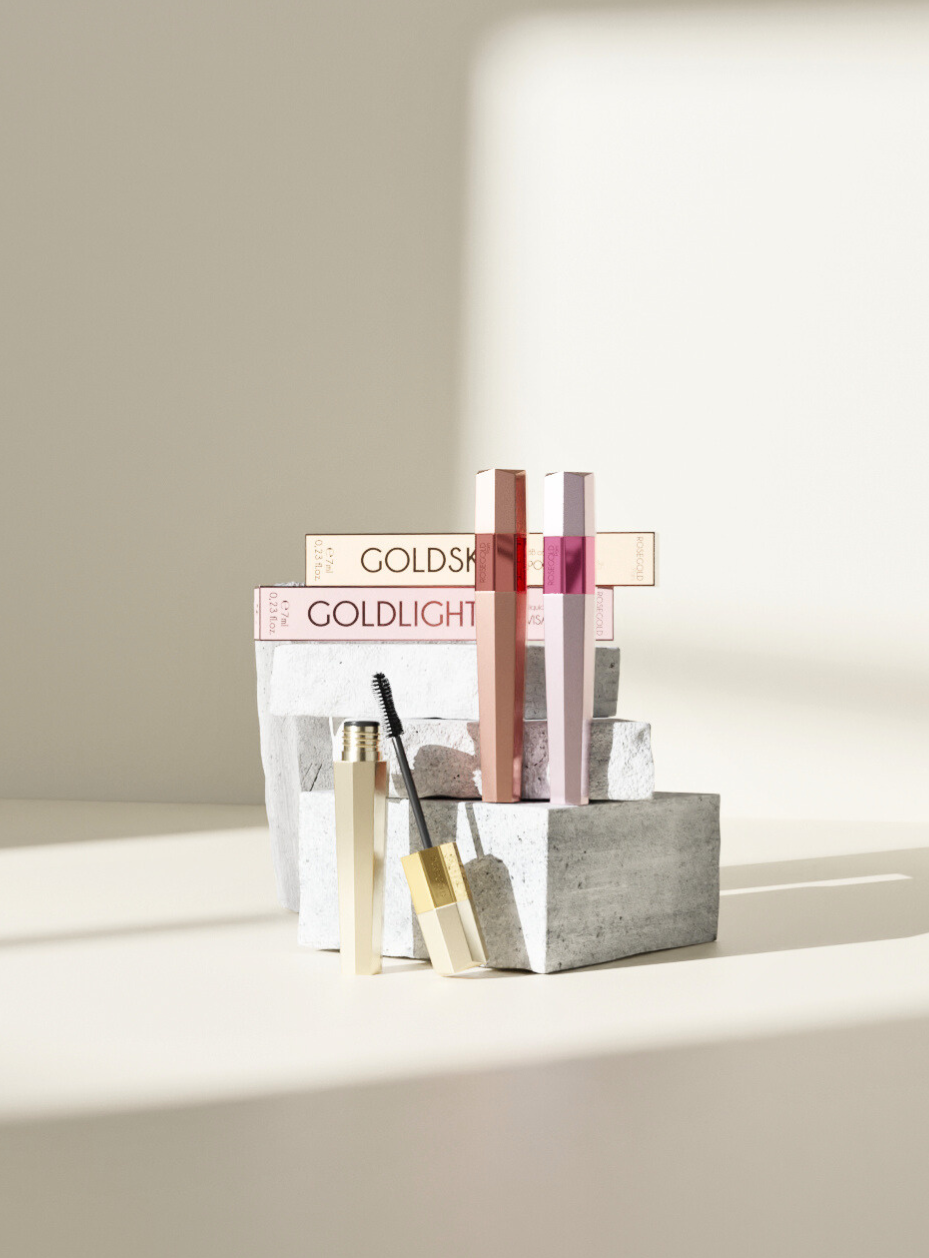
It's a question we've probably all asked ourselves. How do you choose the best foundation? How do you define your shade and which texture is best? We tell you all about it.
Foundation is not an obligation, but it can be very useful in certain situations. Loving one's skin and its little flaws should be a general rule, but there are times when a desire, a need, to hide that little pimple that popped the day before, or to even out a complexion blurred by fatigue makes itself felt. And that's normal: when it comes to beauty, anything goes! It's up to each of us to follow our own feelings and moods.
Discover our lip balm
Learn to define your color to find your foundation
The first step to finding the perfect foundation is, of course, to find your ideal shade. And to find the right color, you need to know how to define it. This is probably the most complicated step: every skin has its own nuances, and it's sometimes difficult, if not impossible, to find the single ideal shade that perfectly matches your skin tone. Fortunately, brands have understood the problem, and there are now a growing number of complexion color palettes that allow you to find your own shade, or at least the ones that come closest. Choosing the right foundation color can be a tricky process, but here are a few keys to help you define the right shade for your skin.

-
Déterminez votre sous-ton de peau : Les sous-tons de peau peuvent être chauds, froids ou neutres. Pour déterminer votre sous-ton, examinez les veines de votre poignet. Si elles semblent tirer vers le vert, vous avez probablement un sous-ton chaud. Si elles semblent tirer vers le bleu, vous avez probablement un sous-ton froid. Si vous ne pouvez pas déterminer clairement si elles sont bleues ou vertes, vous avez probablement un sous-ton neutre.
-
Test different shades: Go to a specialized cosmetics store where you can test different shades of foundation. Choose a few shades that seem to match your skin tone and apply them along your jawline, not on the back of your hand or wrist, as these areas may have slightly different skin tones. A little tip: make sure you observe the color in natural light to get a better assessment, as artificial lights are deceptive...
-
Find the shade that blends best: The right shade of foundation will blend naturally with your skin without creating a demarcation. Choose the shade that disappears the most on your skin and looks even with your neck.
-
Test the application at home: If possible, ask for a sample of your chosen shade and test it for a day to see how it reacts on your skin. Make sure it doesn't cause irritation or adverse reactions.
-
Adjust your foundation color according to the season: Your complexion may vary slightly throughout the year due to sun exposure or naturally lighter skin tone in winter. It can be a good idea to have two slightly different shades to adapt to these seasonal variations.
Discover our lip balm
Learn how to choose the right foundation for your skin type
This is the second, and equally important, step. Choosing the right foundation for your skin type is essential to ensure long-lasting wear and near-perfect results without altering the condition of your skin. In fact, depending on their formula, each foundation is suited to specific needs, and it's important to take these into account before making your choice. Ideal complexion guaranteed!

Controlling excess sebum for oily and combination skin
If you have oily or combination skin, it's best to opt for a mattifying or oil-free foundation. These formulas are designed to absorb excess sebum and reduce skin shine. They provide a longer-lasting matte finish and, above all, allow the material to hold onto the skin. Of course, oily and combination skin types require a special , tailored facial routine to preserve their skin's health and ensure a successful make-up application.
Moisturizing for dry or mature skin
People with dry or mature facial skin need a comfortable foundation that offers intense hydration. If this is your case, choose a formula with hyaluronic acid or other moisturizing active ingredients. Choose a fluid or creamy texture that spreads easily over the skin without marking fine lines, and helps prevent dehydration while nourishing the skin throughout the day. The advantage of this type of texture? Light, pleasant coverage that can be modulated as desired.
Take care with sensitive skin
Si vous avez la peau sensible, il est important d'opter pour un fond de teint spécialement formulé pour ce type de peau. Recherchez des produits de teint bio aux ingrédients naturels, hypoallergéniques et non comédogènes, exempts de parfums pour minimiser les risques de réactions cutanées... Les peaux sensibles doivent aussi miser sur un fond de teint comportant un SPF, cela permettra d'offrir une double protection à la peau contre les rayons UV du soleil. Mais attention, un fond de teint contenant un SPF n'empêche absolument pas de s'appliquer une crème solaire visage avant le maquillage.
Opt for optimum coverage of imperfections
For blemishes, scars or acne, you can opt for a full-coverage foundation that will give you more coverage than a conventional foundation. This will effectively blur the small imperfections you wish to camouflage. Foundation formulas with adjustable coverage or corrective foundations help camouflage imperfections and achieve a more even complexion. The ideal is to opt for a fluid texture to avoid the cakey effect of a compact complexion.
By choosing a foundation suited to your skin type, you can not only improve the appearance of your skin, but also treat its problems, thanks to increasingly common skincare formulations. A foundation adapted to your skin type also ensures a more natural finish and avoids potential problems such as dryness, excessive shine or allergic reactions.
Discover our lip balm
How to apply foundation
Now that you've found the perfect foundation, you need to be able to apply it properly.
-
Prepare your skin: Cleanse your face with a mild cleanser and apply a moisturizer suited to your skin type. Allow the moisturizer to absorb for a few minutes before applying foundation.
-
Choisissez l'outil d'application : Vous pouvez utiliser vos doigts propres, un pinceau de maquillage ou une éponge pour appliquer votre fond de teint. Chaque outil offre une application différente, alors choisissez celui qui vous convient le mieux.
-
Take a small amount of foundation: It's best to start with a small amount of product, then add more as needed. This will help you achieve a more natural look and avoid product overload.
-
Appliquez le fond de teint : Commencez par appliquer le fond de teint sur le centre du visage (front, nez, joues, menton) et estompez-le vers l'extérieur. Utilisez des mouvements doux et réguliers pour bien fondre le produit dans votre peau. Veillez à ce que le fond de teint soit estompé uniformément pour éviter les démarcations.
-
Target specific areas: If you need more coverage on certain areas of the face, such as blemishes or dark circles, you can apply a little extra foundation or use concealer to camouflage them.
-
Blend the edges: Be sure to carefully blend the edges of the foundation, blending them with your neck and hairline, to avoid visible demarcations.
-
Readjust if necessary: If you find you've applied too much foundation, you can use a clean sponge or brush to blend and remove excess.
-
Fixez avec de la poudre (facultatif) : Si vous souhaitez une tenue plus longue et une finition mate, vous pouvez fixer votre fond de teint en appliquant une légère couche de poudre translucide sur l'ensemble du visage.
